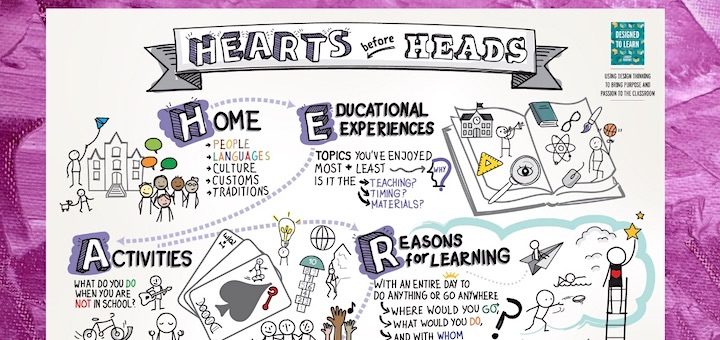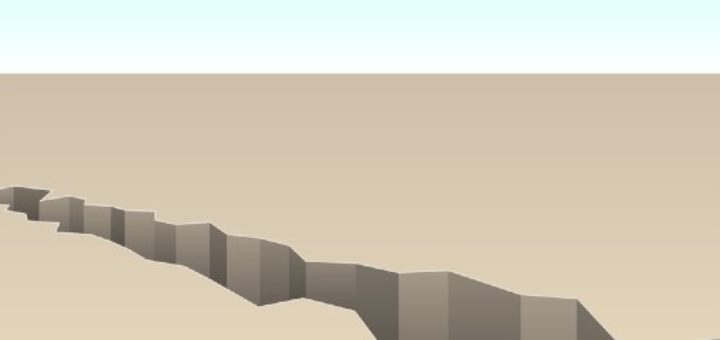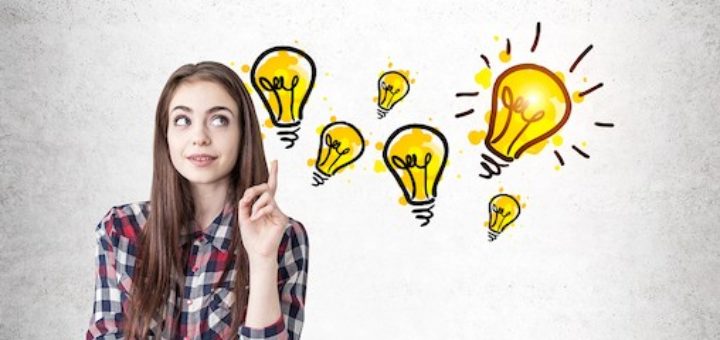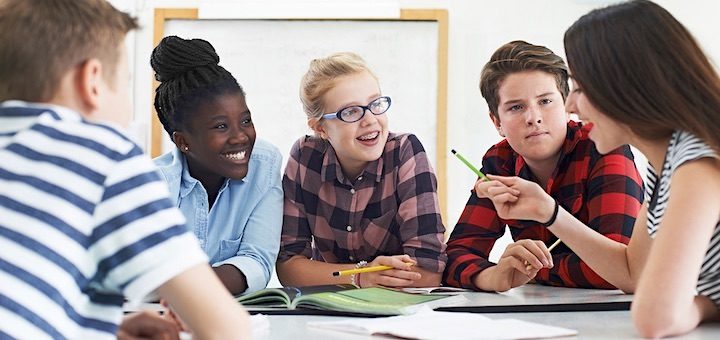Teaching and learning in grades 4-8
Design thinking allows students to own the knowledge they’re acquiring by connecting content in meaningful ways to their homes, the activities they engage in, their reasons for learning, their transformative life experiences, and their special attributes. Dr. Lindsay Portnoy explains.
We now find ourselves in uncharted territory which requires we improve our remote teaching while we work to maintain calmness, clarity, consistency, and high standards for learning. Teacher educator Dr. Curtis Chandler offers educators a game plan to meet the challenge.
Typical classroom spring cleaning and sorting have hardly happened this year. As distance learning dominates schools, teaching specialist Valentina Gonzalez looks instead at sorting through and acting on our teaching practices: what should we keep, throw away, or begin?
If you’re interested in doing some professional learning at home in addition to the on-the-fly learning that comes with reorganizing your classes so they are distance-friendly, take a look at Principal and NBCT Rita Platt’s collection of online and web-free PD resources.
The global pandemic “will be in the history books, won’t it?” Absolutely, 8th grade teacher Lauren Brown told her students. She’s devised a simple home assignment – students create a ‘primary source’ for future historians by jotting down their questions, concerns and observations. See her suggested prompts to get kids started.
What the Robbs have done so well is share their experiences as researchers and as educators and provide detailed procedures, anecdotes and insights to guide teachers as they help students become avid readers, writes teacher educator and middle grades veteran Linda Biondi.
Now that her interaction with students is limited to a two-dimensional screen, Sarah Cooper is experiencing what many middle school teachers must feel each day of virtual learning – she misses the physicality of her kids’ messy, evolving, nonlinear growing-up process.
Adjusting instruction to virtual learning can be a challenge, and it’s tempting to create easier lessons, says teaching expert Dr. Barbara Blackburn. But educators “need to ensure we hold students to standards that promote deeper learning, no matter the delivery system.”
Michelle Russell’s students don’t just use calculators to speed up tedious math work like multiplying and dividing. Quite often they think of them as “answer givers.” How can teachers nudge kids away from calculator dependence? She shares ideas and asks for suggestions.
What can we do to encourage kids to choose nonfiction more frequently for personal enjoyment? Cate Gerard and Sunday Cummins share what Cate discovered when interviewing middle graders about their reading habits and recommend class and virtual strategies and resources.







































